With so many software options available, building an effective competitive intelligence tech stack can feel like a daunting task.
But fear not! We've got your back.
We've compiled a list of the top three competitive intelligence tools in every key software category – from dedicated CI platforms to social listening tools and CRMs.
Everything you’re about to read is based on a survey of CI professionals, carried out for the 2023 Competitive Intelligence Tools of Choice report . In order of importance, as voted by CI pros at the likes of Johnson & Johnson and Zoom, the software categories to focus on are:
- CRMs (used by 85% of respondents).
- Sales enablement platforms (used by 69% of respondents).
- Competitive intelligence platforms (used by 67% of respondents).
- Conversational intelligence tools (used by 56% of respondents).
- Win/loss platforms (used by 43% of respondents).
- Social listening tools (used by 40% of respondents).
- Market intelligence platforms (used by 21% of respondents).
So, let's dive into the top tools that'll give you a competitive edge!
CRMs
Of all the categories of tools we canvassed our community on, CRMs are by far the most adopted. Only 15% of respondents claimed to not use a CRM as part of their CI tech stack, and of the 85% who did, a whopping 78% used Salesforce. 10% used Hubspot, with the remainder scattered amongst other tools.
CRMs are themselves great sources of data for CI professionals, with many integrating with, or even offering their own, tools that help you analyze that data (like Tableau for Salesforce). And with such widespread adoption, they’re an almost ubiquitous data source for those without the budget for more dedicated competitive intel-gathering tools.
The downside? Some CRMs are big. So big that entire job roles exist just for people to become experts in the CRM, train others in its use, coach on best practices, and implement and maintain the CRM. Those without the resources to spare will need a simpler solution. Thankfully, some of those simpler solutions are on this list.
Salesforce
Among our respondents, 78% of all those who reported using a CRM as part of their tech stack said they used Salesforce. This sets Salesforce up as the dominant force in the CRM space.
Interestingly, though, much of the feedback we received about Salesforce implies that it was simply the ‘default choice’. “It’s just the industry standard”, said one respondent, while others said they used it because it was the “company choice”, or just “what we use”. This suggests Salesforce may be so dominant many users aren’t even aware of alternatives.
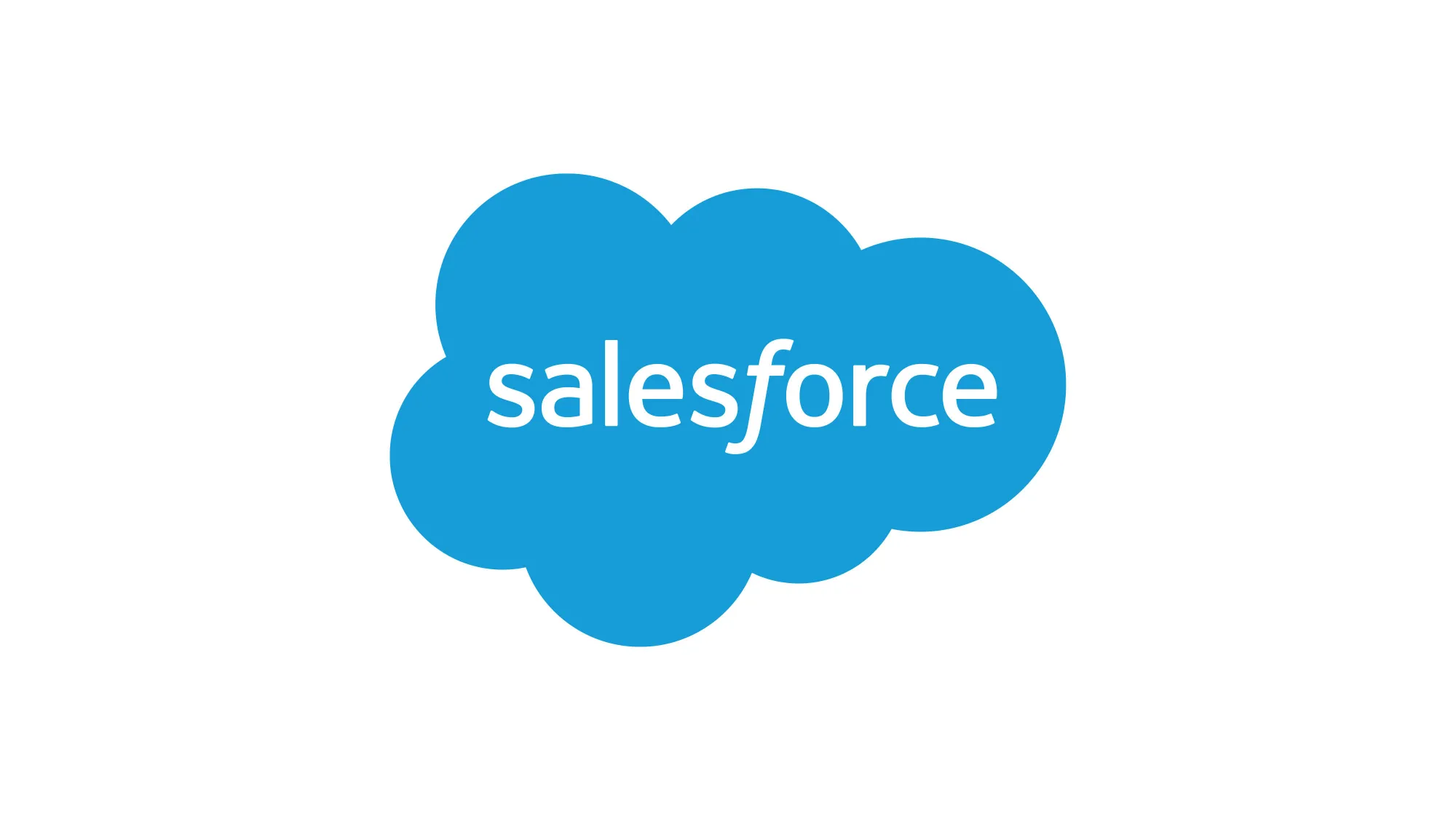
That’s not to say all feedback was neutral or negative, though. Many respondents gave Salesforce a lot of praise, calling it “very robust” and “vast” with “endless possibility to configure your own fields and workflows”. This last point makes the tool “very useful” for gathering “competitive knowledge”.
Others gave Salesforce’s “ease of use” and “functional capability, adaptability, and integration” as their reasons for adopting the platform.
Salesforce itself calls its platform the “no. 1 customer relationship management tool for small, medium, and enterprise businesses”.
Hubspot
Hubspot came in a distant second to Salesforce amongst our respondents in terms of adoption, with 10% of those who use a CRM reporting using it. Even so, it has a firm hold on that second-place position, with Zoho CRM coming in a distant third with only 4% of the vote.
Those we surveyed enjoyed Hubspot’s “customization features, great templates, and integrations” with many specifying that the platform is “easy to use”.
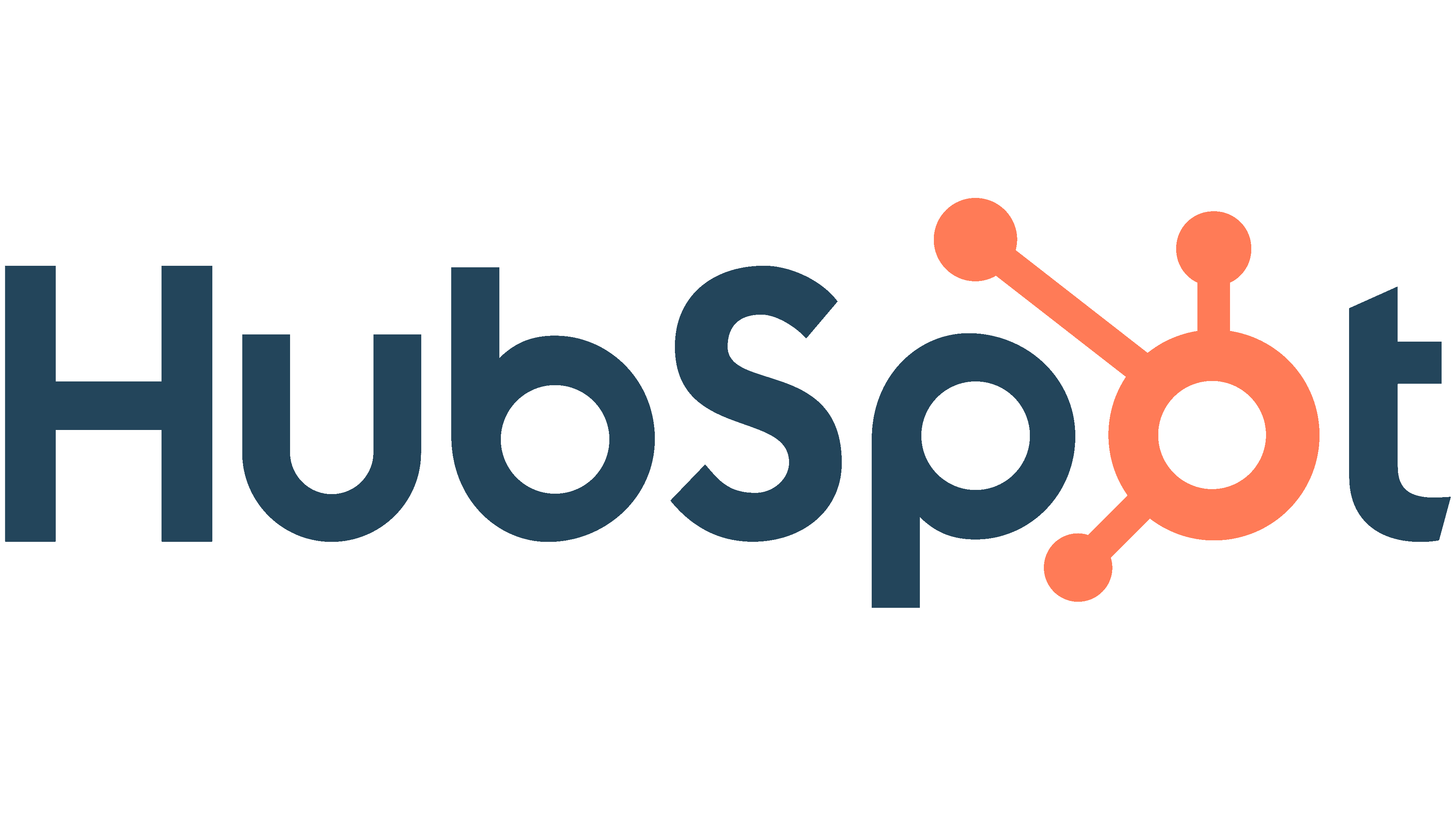
Hubspot itself takes this “easy to use” approach in its messaging, with the words “Powerful, not overpowering” on the home page of its website. With one Salesforce user referring to that platform as “vast”, this counter-positioning as a less-overwhelming, easier-to-use alternative that’s friendlier to users without compromising on power or features makes sense.
Interestingly, another of our Salesforce users reported that they’d prefer to use Hubspot, citing that, in their experience, “Sales seems to function best in Salesforce; I believe as a Marketing person that HubSpot is actually better and optimizes both teams. But sometimes you default to whatever helps optimize Sales because that's what ' sales enablemen t’ truly is.”
Zoho CRM
Zoho sits in a distant 3rd place, with only 4% of our respondents using it. So how might you be persuaded to opt for it as your CRM?
Ease of use seems to be the answer.
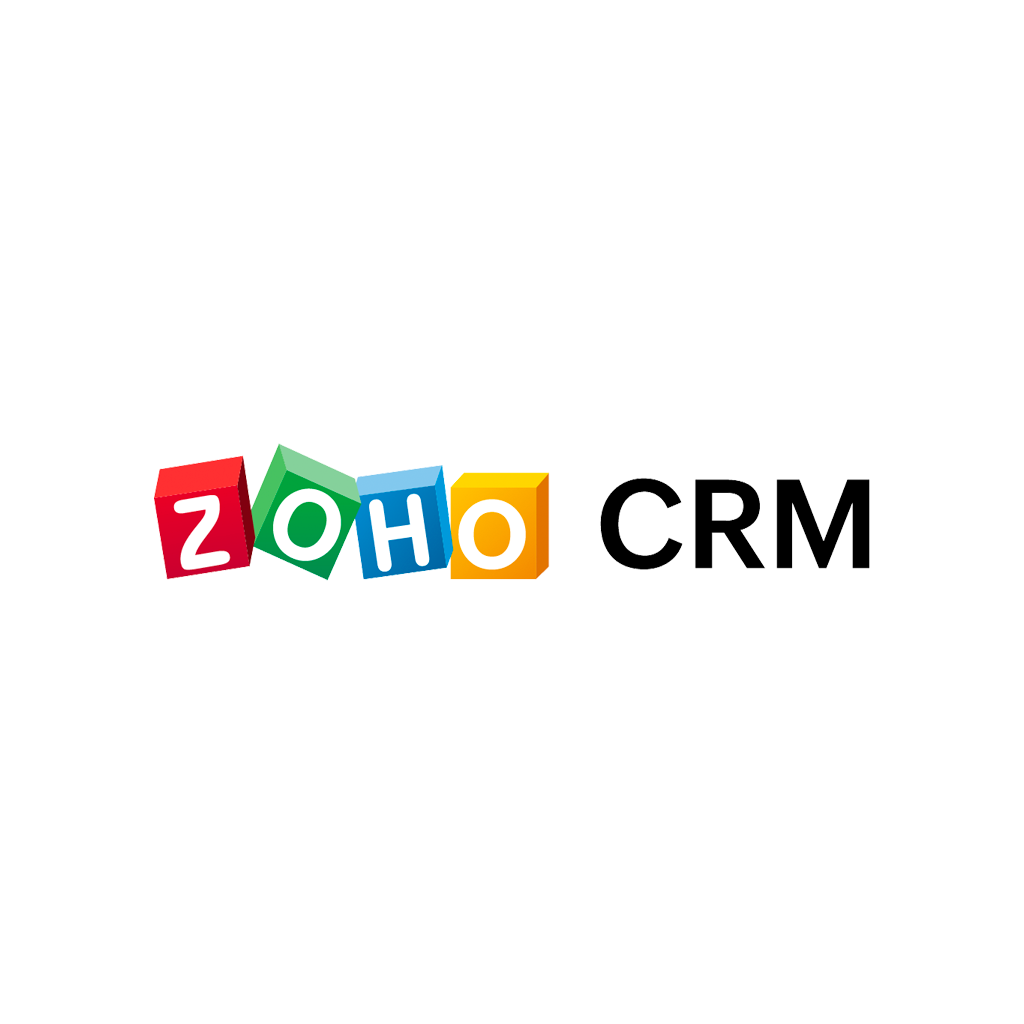
Zoho’s messaging focuses on the platform’s ease of implementation. If you’ve ever had headaches rolling out Salesforce, Zoho positions itself as a possible answer to your prayers. And our surveyees seem to agree with their comments on its simplicity, calling the platform “simple yet feature-rich”.
Zoho CRM offers “omnichannel presence, segmentation, KPIs, predictive intelligence” and more to help you deliver personalized experiences to your customers and drive brand loyalty.
Sales enablement platforms
Sales enablement platforms help CI practitioners deliver their insights to sales teams and collaborate more effectively with enablement teams. They also give valuable feedback on which enablement content is having the most impact, as well as on adoption rates.
For product marketers conducting CI as a part of their role, sales enablement platforms offer invaluable feedback on the revenue impact of your competitive intelligence deliverables.
69% of our respondents use a dedicated sales enablement platform, making sales enablement platforms the second most-adopted category of tools amongst respondents. For that reason, we’ve classified a sales enablement platform as an essential tool in your CI tech stack.
Of the 69% who used a dedicated sales enablement platform, 33% used Highspot and 18% used Confluence. Seismic and Showpad were tied, with 12% of the vote each. The remaining votes were scattered across a number of platforms.
Highspot
Highspot was the leading sales enablement platform amongst our respondents with 33% of the vote.
One talking point amongst respondents was the platform’s UI. While one respondent claimed “the UI needs some work”, all other feedback was positive. One user praised the “great UI and easy navigation”. Another cited its “usability” and “customizable design”. Yet another, its “end-user design/ease of use”.
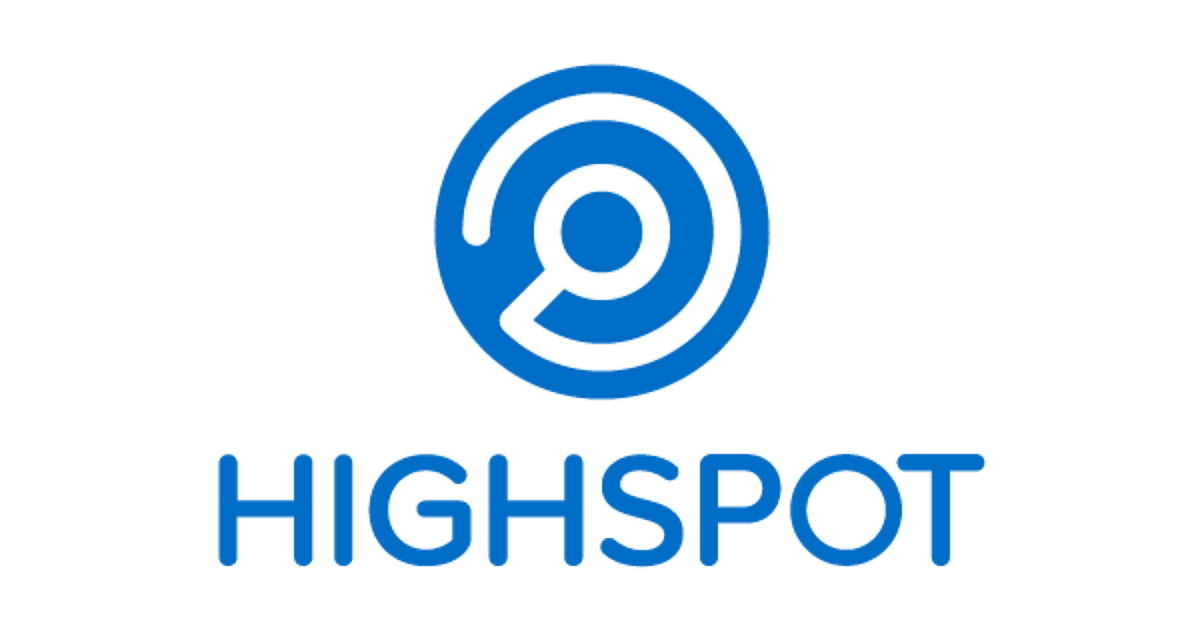
Other points of praise were Highspot’s static content URLs and smartpages, interactive training function, and customizability.
According to Highspot, their sales enablement platform “helps you turn strategy into action” with a combination of “intelligence content management, contextual guidance, training and rep coaching” and customer engagement with AI-powered analytics.
Confluence
Confluence was the second-most popular sales enablement platform amongst our respondents. The common theme in user appreciation was its simplicity. A “simple, rich text editor” offering “templates, integrations” defined by its “transparency” that puts all information together, allowing you to “tag people” and “link other pages”.
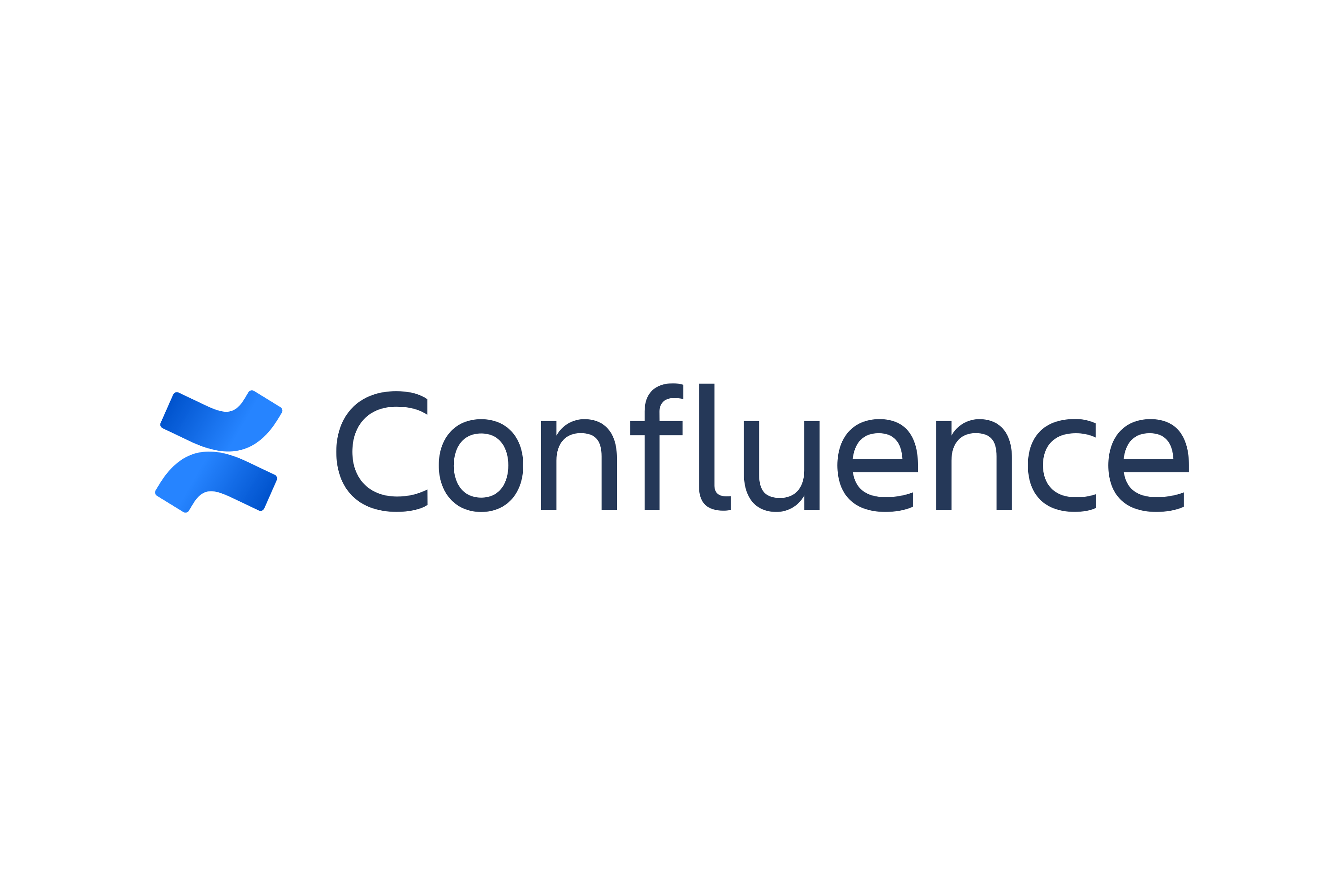
One user said Confluence is “very easy to navigate and add and edit content on.” They went on to praise the platform’s content search feature.
Confluence integrates with other software your business might already use, like Jira and Trello, and gets you in sync on projects inside or outside your org. You can customize the platform with over 1000 apps for tools including Dropbox, Microsoft Teams, Figma, Miro, Zoom, and Slack.
Seismic
Seismic’s sales enablement platform, according to its users, helps you gather “all assets in one place” and “organize content”. It syncs with Google Drive, allows you to “track buyer engagement”, is “easy to use” and delivers the “right content at the right time” – all things you’d expect from a sales enablement platform. But what sets Seismic apart?
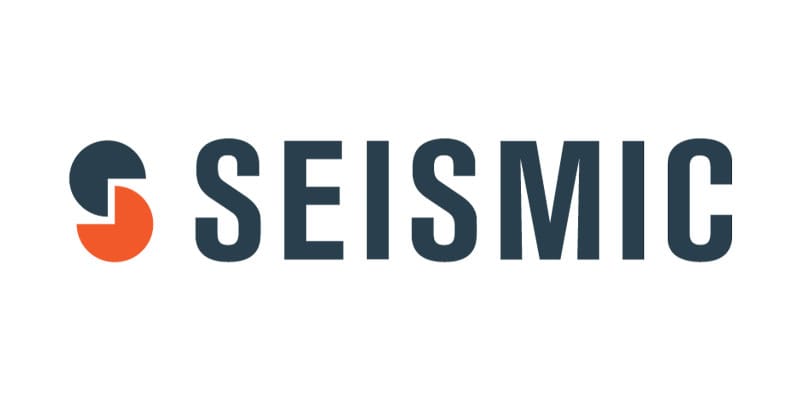
Unfortunately, some of our respondents even went so far as to say it was just the “company choice” and “it’s not that great”, though its integration with Klue (the most popular tool in our competitive intelligence platform category) is reported to be “pretty good”.
According to Seismic themselves, their platform will help you prepare your reps with the skills and knowledge they need to close more deals, while tracking the impact of sales content for visibility on what’s helping close deals - helping you prioritize collateral and/or training.
Competitive intelligence platforms
Your competitive intelligence platform serves multiple functions, helping you gather, analyze, and report information on your competitors. Different competitive intelligence tools have strengths in different areas, with some excelling in content delivery and enablement, while others focus primarily on automated data gathering.
When we surveyed CI pros for our 2023 Tools of Choice Report, over 67% of respondents said they use a dedicated CI platform, with the rest preferring to gather their data using the monitoring functions of tools in other categories. This makes the competitive intelligence platform the third-most adopted product category by our respondents.
If you’ve got the budget for it, a dedicated competitive intelligence platform will save you hours of manual work by automating much of the data-gathering process, intelligently alerting you to competitor developments. These platforms also help you organize and search through this data as you collect it.
Such functions make CI platforms invaluable in crowded, competitive markets where it’s crucial to keep up to speed with competitor developments as they happen.
So, what are the most popular CI platforms out there today?
Klue
34% of all those who used a competitive intelligence platform in their tech stack used Klue, making it the most popular competitive intelligence platform amongst our respondents.
Respondents appreciated Klue’s battlecard building and weekly digest features, with many praising its engaging UI/UX. More still appreciated Klue’s “excellent” customer success team, as well as the platform’s ease of use, breadth, and scope for integration with other software in the tech stack.
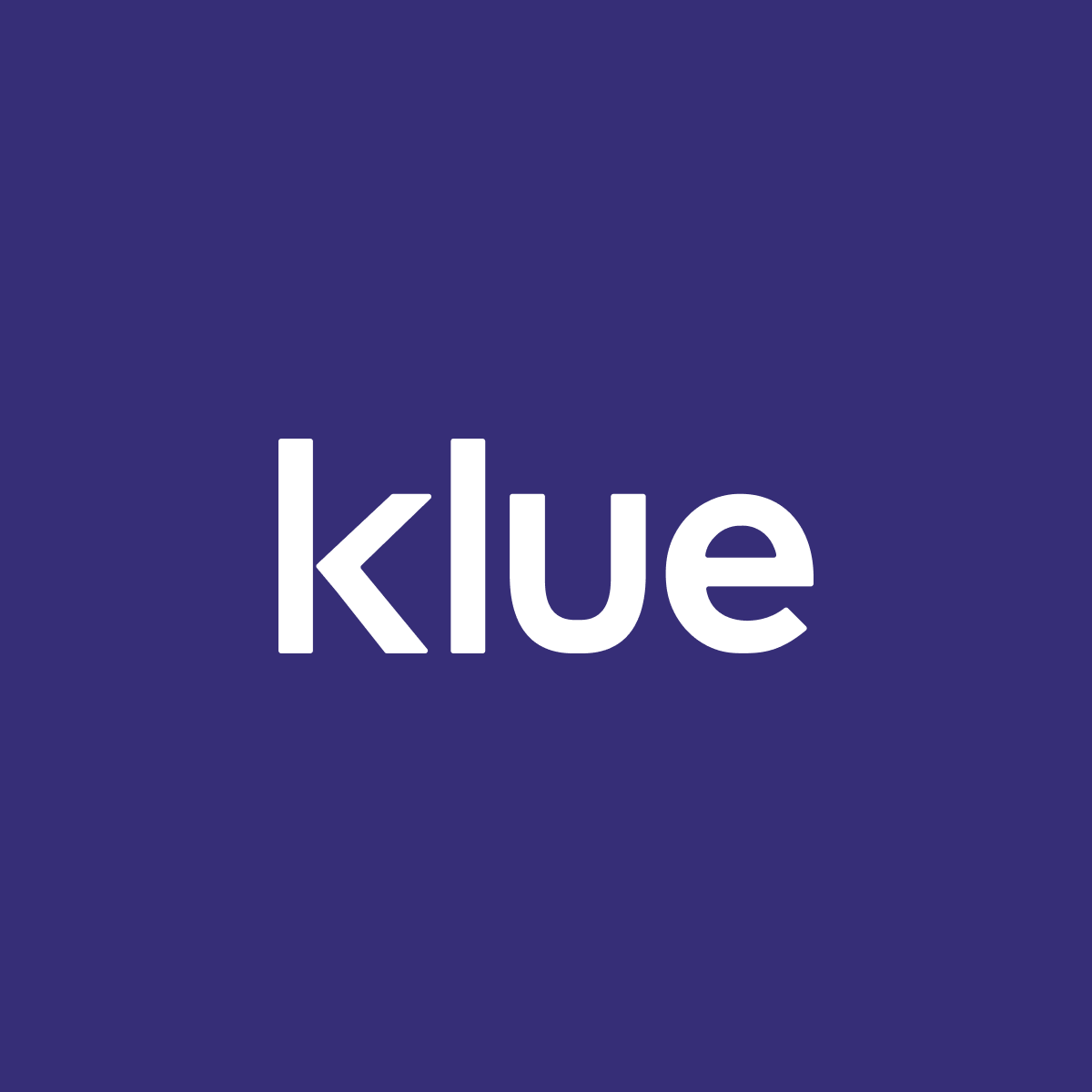
According to Klue themselves, their tool provides users with “Competitive Enablement that wins business”, allowing you to “collect, curate, and deliver competitive and market intelligence across every department”.
This sets Klue apart from sales enablement platforms, which specialize in delivering enablement content while also focusing on coaching reps on best practices, and tracking content adoption.
Crayon
Crayon’s competitive intelligence platform was second-most popular among respondents, with 14% of all those who reported using a CI tool in their tech stack opting for Crayon.
Respondents appreciate Crayon’s ease of use for both admins and viewers, its strong integrations, and its helpful customer success team.

One user praised Crayon’s “very strong alerting, filtering and reporting”, claiming the tool made it “very easy” to understand new intel as it comes in and identify trends as they emerge. Another said the tool’s comprehensive web scanning made them feel “like I have a superpower”.
According to Crayon themselves, their platform is built to help you “stop losing revenue to rivals”. Their award-winning platform “arms your team with the right intel at the right time”.
AuroraWDC FirstLight
AuroraWDC’s FirstLight competitive intelligence platform was third-most popular among our respondents, 9% of whom opted for it as their competitive intelligence platform of choice.
The platform’s users gave it strong praise, particularly for the platform’s depth of customization and flexibility. It’s widget-based, allowing users to build their own dashboards. Additional kudos came in for the platform’s strong mobile UX and its built-in machine learning and artificial intelligence components.
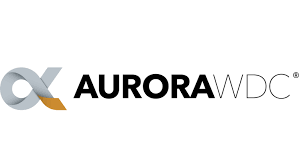
Though little pricing information is available, one user reports that they don’t charge a per-user fee, as many other platforms do. Instead, one price covers as many users as you need. Other users also reported price as a deciding factor in their decision to go with – and stick with – the FirstLight platform.
According to AuroraWDC, FirstLight is “for those analysts committed to a full Intelligence Operating System”, offering “a complete bespoke competitive intelligence backbone” capable of serving organizations of every size.
Conversational intelligence tools
When it comes to leveraging internal data sources, there are few better platforms than your conversational intelligence tool.
Conversational intelligence tools log almost every customer interaction. Some tools do so across email and chat as well as over the phone, and transcribe all calls. As such, these tools let you search, tag, and filter through an extensive history of customer interactions.
When a customer mentions a competitor, your conversational intelligence tool can alert you, and show you what they’re saying. As part of the data gathering process, this is super valuable.
As a tool that can directly influence revenue, adoption among our respondents was strong. 56% of our survey takers used a dedicated conversational intelligence tool. Of those, 67% used Gong, making it far and away the most popular conversational intelligence tool.
Gong
Our respondents had a lot to say about Gong, but the recurring themes were its strong UI and ease of use; its breadth of integrations, including with Slack and many CRMs; and its searching, tracking, tagging, and filtering capabilities.
When it comes to logging calls, then separating the signal from the noise, what could be a mammoth manual task seems to be made easy through conversational intelligence tools like Gong.
When you can set alerts for keywords, and customize where these alerts notify you, as well as quickly search and filter through a library of conversations to find exactly what you need, when you need it, you’re probably onto a winner.
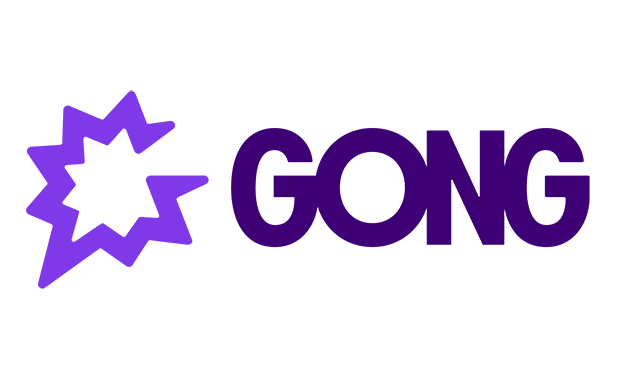
But it’s not just administrative tasks that Gong makes easier. One respondent said outright that Gong “helps me win more deals ”. Another said that using it “feels like you are in the room with a customer”, with others still praising its “accuracy” (important when transcriptions are involved).
Of course, it’s not just your phone calls Gong tracks and analyzes. Gong “analyzes your customer-facing interactions across phone, email, and web conferencing to deliver your team the insights they need to close more deals.”
Chorus
A ZoomInfo product, respondents used Chorus for its “call recording” and “competitor mention tracking”, as well as to share calls “with colleagues to drive best practice”.
Aside from simple descriptions of Chorus’ features, though, there wasn’t much positive language to be found among its users. Contrasted with words and phrases like “love”, “super helpful”, “clever” and “easy” used to describe Gong, the lack of praise for Chorus makes its user experience sound lackluster.
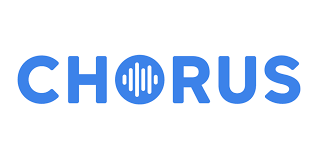
Chorus’ biggest selling point is perhaps that it’s built around ZoomInfo’s contact and company data. Used in combination, ZoomInfo and Chorus present a more solid revenue operations suite than might be found with conversion intelligence alone. While existing ZoomInfo customers will get special pricing on Chorus, the tool isn’t included, so they’ll still need to pay for two tools to benefit.
Jiminny
Jiminny uses “conversation intelligence to record, transcribe and analyze your customer conversations”. The tool is aimed primarily at sales and customer success teams, helping the former to “tailor your sales approach and maximize success”, and the latter to “nurture closer, more profitable relationships”, as well as to provide win/loss insights.
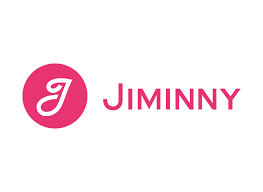
Jiminny offers a wide array of integrations across communications tools (dialers and video conferencing), CRMs, and calendars to make recording and logging calls seamless.
Jiminny handily offers what it calls “insight seats”, users that can access the platform and listen to calls at no charge. Useful for marketing and product professionals who’d benefit from listening to customer calls, without needing direct access to deeper analytics.
Win/loss platforms
Win/loss platforms and services aim to uncover the truth of why you win and lose deals. Specifically, win/loss programs aim to gather buyer feedback to uncover key decision drivers for prospects and reasons why they did or didn’t choose your product.
This data is invaluable for product marketers, since it helps inform product development via feature feedback and learning where your products underdeliver for customers.
For competitive intelligence practitioners, though, relevant win/loss data helps you understand where you’re losing revenue to competitors. Best of all, there’s no guesswork involved, since the feedback comes directly from your customers, leads, and prospects.
Your win/loss platform itself helps streamline the customer research process and deliver relevant data. It will offer features like automated buyer surveys, standardizing survey questions and reporting on responses, and means of logging and organizing customer feedback.
With an adoption rate on the lower end of the scale (43% of respondents reported using a dedicated win/loss platform or service), our findings suggest win/loss platforms are a luxury that many can’t afford. If your business can, though, the insights you’ll uncover are well worth the price of entry.
Clozd
43% of all our respondents who said they used a win/loss platform as part of their competitive intelligence tech stack used Clozd. Our survey takers loved its “automated buyer surveys”, “strong interview capabilities” and “killer platform”, calling Clozd “simple, and intuitive” to use and praising its “flexibility”.
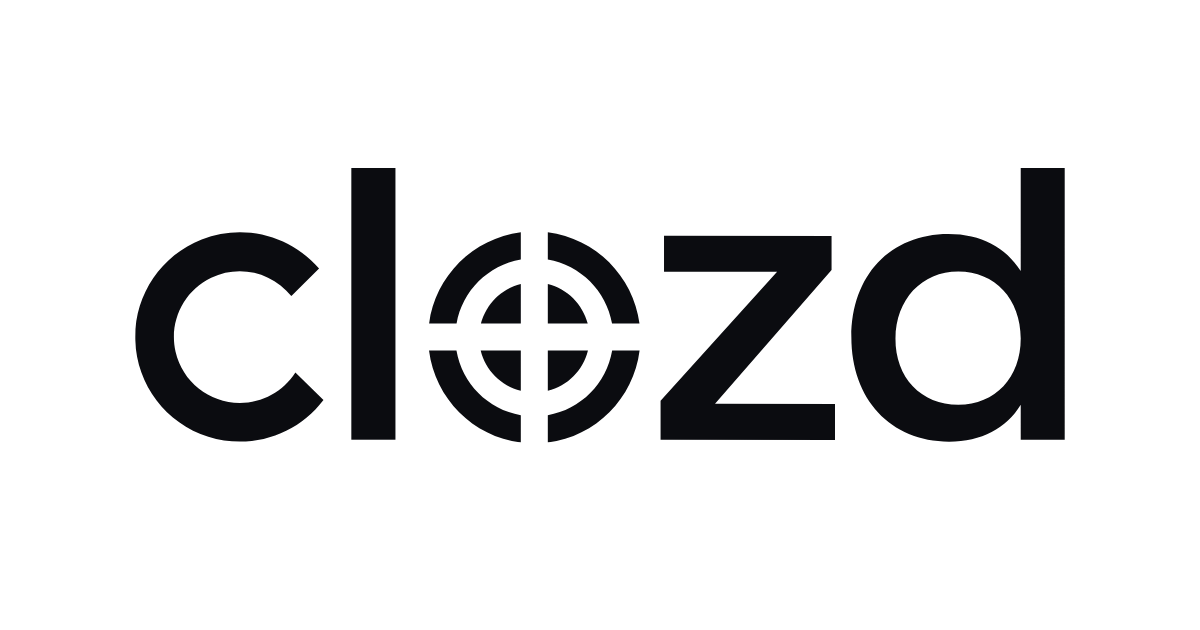
According to Clozd themselves, they help “uncover the truth about why [users] win and lose - so they can hone product strategy, refine messaging, enable sales” and win more deals. To achieve this, the platform helps you conduct systematic interviews and automated buyer surveys to collect structured win-loss data.
In addition to a win/loss platform, Clozd also offers a consultancy service.
DoubleCheck
DoubleCheck offers an independent win-loss research service for vendors. From speaking with buyers, they’ve found they often don’t want to offend vendors by providing direct feedback, but are open to providing honest feedback to a third party.
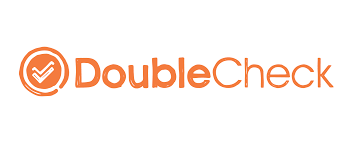
DoubleCheck acts as that third party, building, handling, and reporting on the win/loss program for you. By outsourcing something as critical as your win/loss program, you ensure it’s being allocated the resources it deserves.
Our respondents praised DoubleCheck as “experts in win/loss analysis” who are “very easy to work with”. The service delivers a good “balance of qualitative and quantitative results” and provides you with a “great dedicated analyst to support your projects”.
Qualtrics
When it comes to win/loss analysis software, Qualtrics’ Core XM product provides an online survey function that “powers +1B surveys every year”.
Appreciated by our respondents for its “usability”, you can use Qualtrics to survey your buyers and get to the root decision drivers behind won and lost deals.
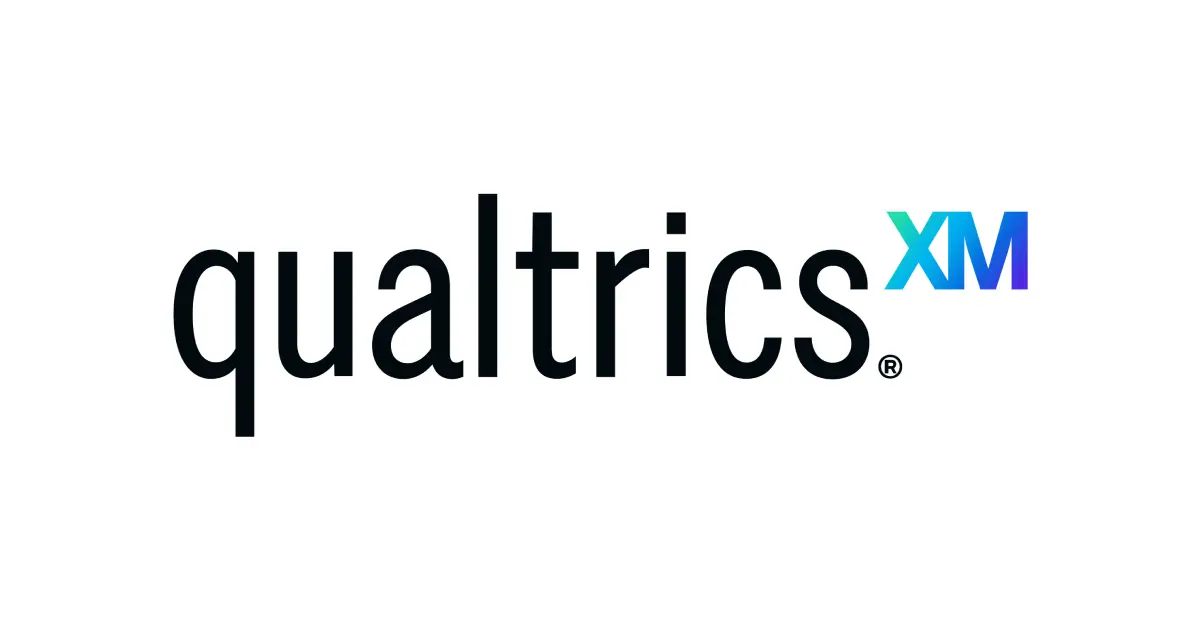
The Qualtrics CustomerXM product offers further insights for increased “sales effectiveness and retention”, offering a breadth of customer research functions you won’t see with smaller tools.
A complicated offering fit for enterprise businesses, SMBs might do better with a simpler SaaS solution like Clozd, or an outsourcing service like DoubleCheck.
Social listening tools
While competitive intelligence software listens for mentions of core competitors across a range of data sources, including press releases, industry news, social media , website updates, and more, they also focus on analysis and delivery of that intel.
Social listening tools are simpler. They focus solely on gathering information - primarily across social media, though a few tools include other data sources.
40% of our survey respondents said they use a dedicated social listening tool as part of their competitive intelligence tech stack, making this one of the less popular categories. This lower adoption rate is perhaps a byproduct of the much higher adoption rate for competitive intelligence tools, which should cover social listening as part of their package.
If yours is an industry that makes a lot of use of social media and influencer marketing, and/or you don’t have the budget for the more involved competitive intelligence tools out there, a social listening tool could be a good option. Especially since many of these tools include capable social media management functions.
Brandwatch
Of the 40% of respondents that use a dedicated social listening tool, 40% used Brandwatch, making it the clear winner in popularity.
Many respondents applauded Brandwatch’s “robust analytics and reporting, comprehensive features” and “expansive” capabilities, while others reported enjoying its “great UI”, “ease of use” and broad coverage. Still others spoke about the ability to create “read at speed” dashboards around Net Promoter Score (NPS) sentiment for analyzing customer experience.
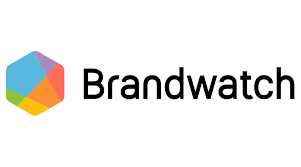
As a social media management solution and social listening tool, Brandwatch claims to deliver “everything you need to discover, attract, and engage customers on social, across teams and regions”. Its social insights empower you to “listen to your consumers and benchmark against your competitors” through brand monitoring, extensive historical consumer data, and customizable dashboards.
Sprinklr
Also voted into our competitive intelligence platform category, Sprinklr isn’t constrained to pure competitive intelligence. It also offers brand monitoring and social listening products.
Respondents enjoyed Sprinklr’s “ability to create custom dashboards for internal customers” (like sales, marketing, and product teams), while others called its platform “feature-rich”.

Sprinklr itself refers to its social listening product as a collection of “AI-powered social listening tools” that empower users to “tap into 500 million conversations” beyond core brand channels alone.
The platform gives you access to “years of historical data”, meaning you can contextualize and analyze customer conversations to better understand and meet customer needs.
Meltwater
Meltwater’s social listening product prevents users from missing out on mentions of topics important to their business. No matter where they’re mentioned across the web.
An example of a data gathering tool that stretches to sources beyond “traditional” social media, Meltwater monitors data feeds from a huge number of sources. These include all the most popular social media platforms (TikTok, YouTube, and Twitch included), as well as podcasts, blogs, online news, and consumer reviews sites. Meltwater also offers analytics on the conversations it monitors, as well as social media management products.
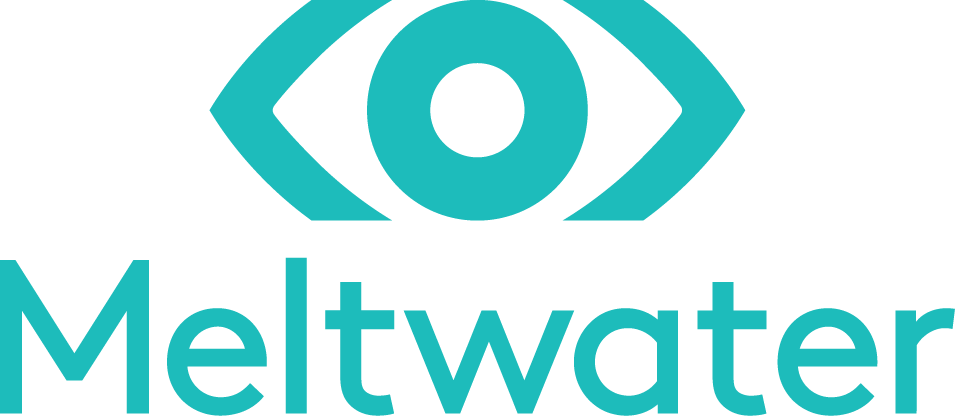
Meltwater makes a big deal of its combined news and social media monitoring, claiming to save your teams time and resources in only having to train on a single platform, as well as being able to build combined reports more quickly.
Despite this apparently comprehensive offering, none of the 10.5% of our respondents who use the tool gave any written feedback about what they liked or disliked about it.
Market intelligence platforms
The boundaries can start to blur between competitive intelligence and market intelligence software. While competitive intelligence platforms focus on core sets of named competitors, market intelligence platforms deliver intel across industries.
Casting a wider net requires more resources to sift through and analyze the greater volume of data. For this reason, many market intelligence platforms are aimed at large enterprise businesses that have the necessary resources at their disposal.
Providers in this category tend to offer suites of intelligence and enablement products that carry out multiple functions. This creates overlap with the last category and “feature drift” which makes it hard to pin down some of the following tools into a single category. This is perhaps why market intelligence platforms are the least-adopted tool type among CI practitioners.
Only 21% of respondents use a dedicated market intel platform. Of those, 40% used Pitchbook, making it the most popular tool in this category.
Pitchbook
Pitchbook users loved the high degree of data availability, especially on private and venture-backed companies. Multiple respondents cited this as their favorite thing about the Pitchbook platform.
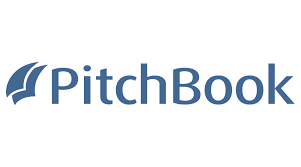
Like other enterprise-focused platforms, Pitchbook offers a suite of different solutions for those in need of industry and market data. Pitchbook provides market intelligence across venture capital, mergers and acquisitions, and private equity. It also provides solutions to help your business with deal sourcing, fundraising, execution, and asset allocation.
For large businesses looking for big data, Pitchbook seems a popular and respected option.
AuroraWDC
Not just a competitive intelligence product, AuroraWDC offers a suite of products and solutions to meet the varied needs of enterprise businesses.
Its FirstLight SaaS platform aims to fulfill both competitive and market intelligence roles for enterprises, and “gathers information from thousands of public and private sources”, binding them into a “cohesive picture” for insights.
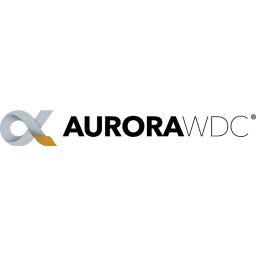
Other products, like AuroraGPS, are committed to helping you “achieve alpha in [your] marketplace through ethical intelligence gathering, incisive analysis and transformative skill-building”.
Our respondents gave AuroraWDC the same strengths as a market intelligence platform as they did for its competitive intelligence platform. Namely, its customizability, mobile features, and single price regardless of user count.
Digimind
Digimind Intelligence is a platform our respondents called “comprehensive”. It’s a web and mobile-friendly application that gives you the power to “monitor changes in your business environment”.
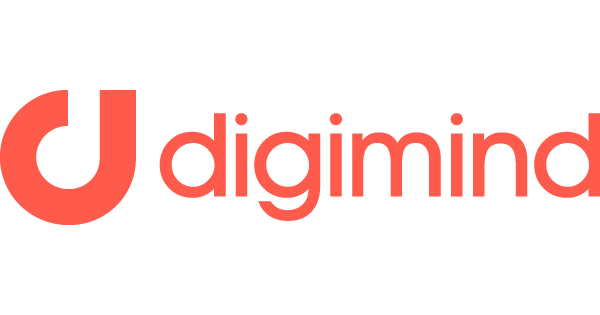
The platform collects data from a variety of sources, including webpages, databases, RSS feeds, forums, and social media. Digimind deploys a variety of machine learning and natural language processing algorithms to analyze rich text and quantitative data in real time. Its website messaging also suggests an ability to monitor behind “password-protected sources” and “the invisible web”.
If the above isn’t enough to convince you of Digimind’s comprehensiveness, there’s also a ton of choice when it comes to deliverables. Newsletters, printed reports, watchlists, and websites are all possible reporting avenues when you choose Digimind as your market intel platform.
Conclusion
As our survey results show, the most essential tools for any CI tech stack are CRMs, sales enablement platforms, and competitive intelligence platforms. These form the backbone of your CI efforts, allowing you to manage customer data, enable your sales team, and gather and analyze competitor information with ease.
Other tools can further enhance your CI capabilities. Conversational intelligence tools, win/loss analysis platforms, social listening tools, and market intelligence platforms can provide valuable insights into customer interactions, deal win/loss drivers, social media trends, and industry-wide intelligence.
If investing in all these tools sounds mighty pricey, don’t worry! Plenty of CI pros use budget-friendly workarounds like building in-house solutions, leveraging free or low-cost tools, and focusing only on the most essential tools to establish a solid CI foundation.
Remember, the ultimate goal of your CI tech stack is to empower your team with the insights and tools they need to make informed decisions, stay ahead of competitors, and drive business growth. By carefully selecting the right tools and continuously adapting your stack to meet your evolving needs, you'll be well-equipped to navigate the competitive landscape and achieve long-term success.
Looking for even more competitive intelligence tools?
Grab your copy of the Competitive Intelligence Tools of Choice report for a full breakdown of the tools your CI tech stack can't do without. 👇






.png?v=0501614a4a)